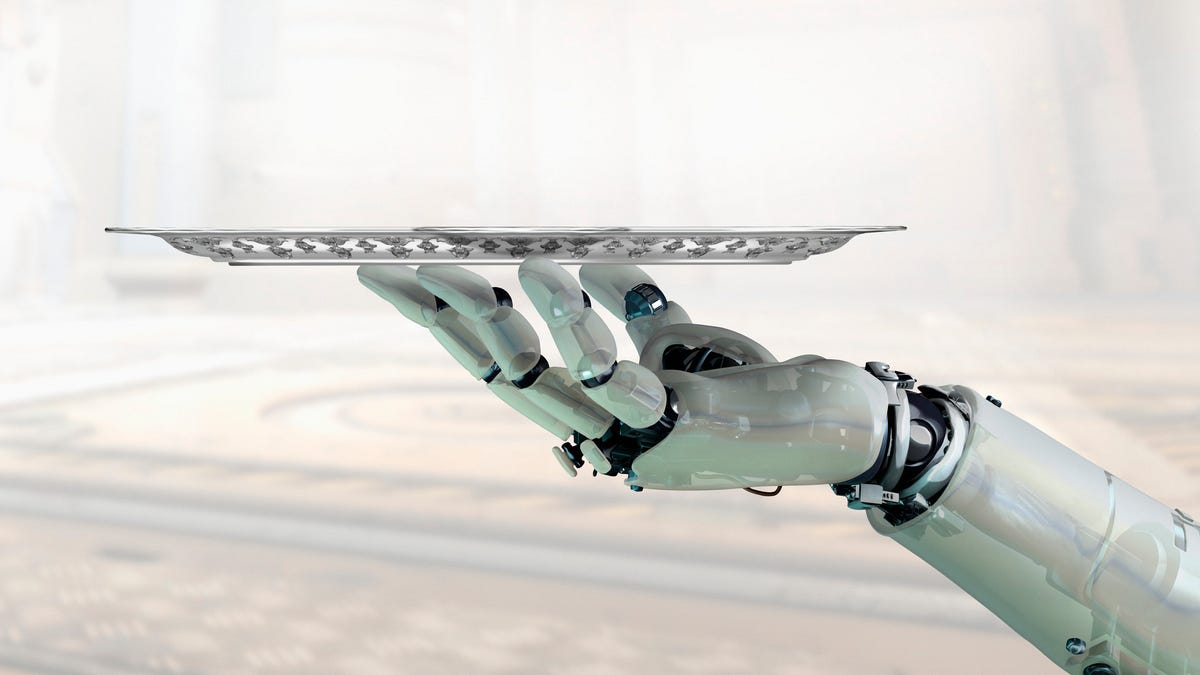Why your next UPS driver might be an ugly robot on wheels
A prominent venture capital firm's investment in a delivery startup shows one more job category at risk of being automated out of existence.

If you're the kind of person who really likes chatting with the mail carrier, Dispatch won't be your favorite startup.
That's because the four-person South San Francisco company is working on technology that could replace postal workers, Instacart couriers, UPS and FedEx drivers, or anyone else who gets paid to bring you stuff. Instead, you might be dealing with a 3-foot-tall, 150-pound, battery-powered roving robot that looks like a little dumpster on wheels.
Called Carry, the device uses artificial intelligence, five cameras and a laser to navigate on sidewalks around pedestrians, flaming hoverboards and any other obstacles to get packages to your door.
The only places you'll find Carry today are on two California college campuses, where it's still being tested. That is, the complete automation of delivering stuff might not be happening immediately.
Dispatch's Carry, a 150-pound self-driving delivery robot.
But on Wednesday, Dispatch got one step closer to making such automation a reality when it received a $2 million investment led by Andreessen Horowitz. The venture capital firm is widely known in Silicon Valley for its bets on Facebook, Twitter and Airbnb.
"We're building what we think is basically the future of delivery infrastructure," said Dispatch co-founder Uriah Baalke, who wants to build networks of self-driving delivery vehicles in cities and on college campuses.
The takeaway: It's time to add delivery driver to the list of jobs that technology will eat up. In fact, it was probably time to add that gig to the watch-list a while back.
Automating delivery, particularly via drone, has been a high priority for big business and Silicon Valley. And why not? Paying wages to humans is expensive.
Dominos Pizza tested out delivering pies by drone in 2013. The next year, Google announced it was building a system of unmanned aerial vehicles to deliver goods. (The search giant has also been an early, active investor in technologies for self-driving
Dispatch's own vision of automated delivery is less complex than Google's and Amazon's airborne logistics systems. For now Carry is designed to travel on sidewalks at the same speed as pedestrians; however, the company eventually envisions a more elaborate network connecting delivery vans to delivery robots.
Dispatch says customers can use a phone to track the location of its delivery robots and, once a robot arrives, to unlock one of its four grocery bag-size compartments. Since Carry is still in development, it's too early to put a cost on the gadget, but Dispatch says the device's five cameras and GPS system make stealing it a bad idea.
"It knows where it should be," Baalke said. "And if it's being tampered with, we'll be notified."